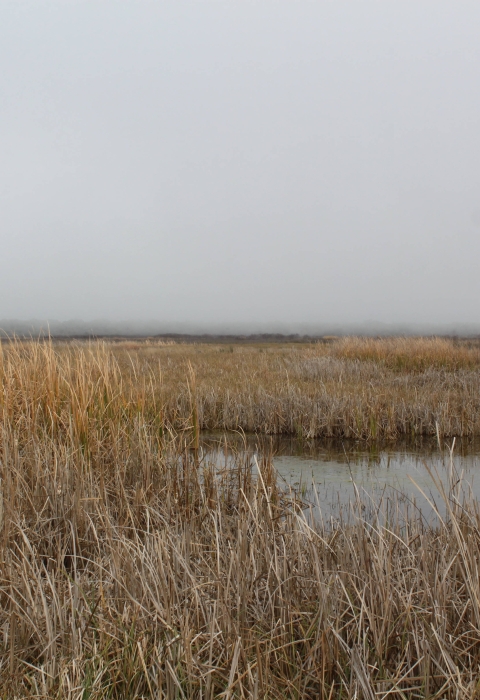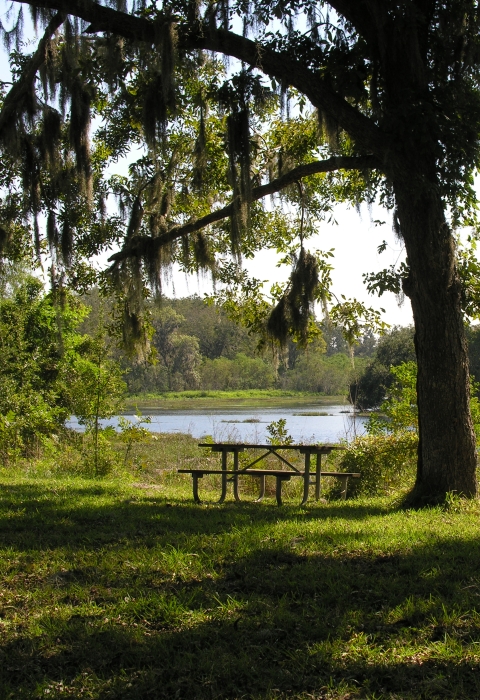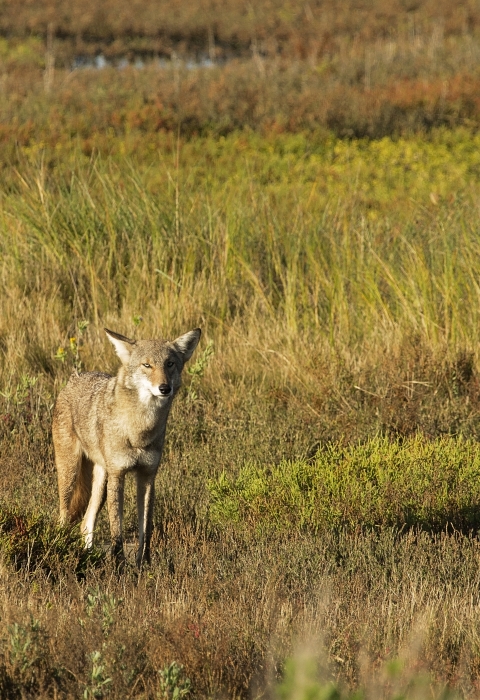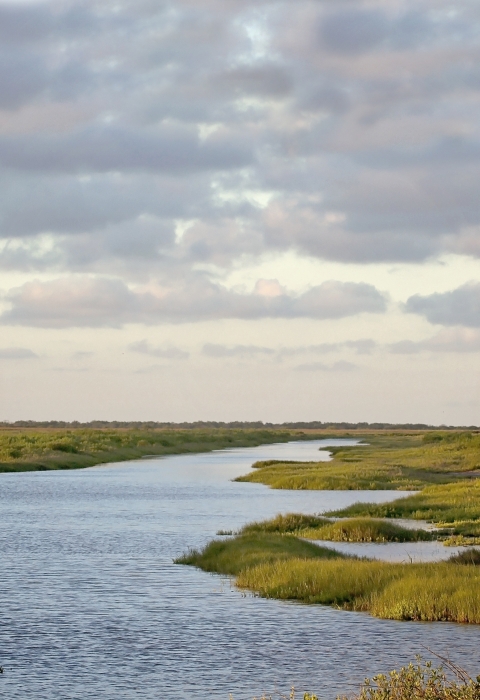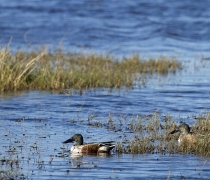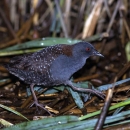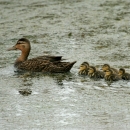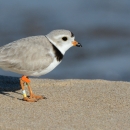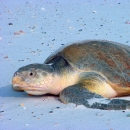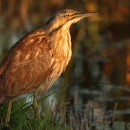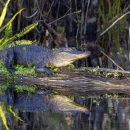Visit Us
San Bernard is a very diverse national wildlife refuge, stretching inland from the Gulf coast across saline and freshwater marshes and up the Brazos and San Bernard river watersheds, protecting varied habitats ranging from coastal marshes and freshwater wetlands, to upland prairies and bottomland hardwood forests. Whether gazing out across saline marshes, or under a dense canopy of oak, pecan, and green ash trees, the refuge is reminiscent of what the American settlers to Texas experienced 200 years ago. With three recreation areas and 10 trails, San Bernard has a lot to explore.
Location and Contact Information
Our Species
San Bernard National Wildlife Refuge is home to a diversity of migratory and resident wildlife. From saline marshes supporting wintering waterfowl and water birds, to the inland bottomland forests supporting migrating Nearctic-neotropical songbirds and resident wildlife, the refuge is important for conservation of wildlife.
